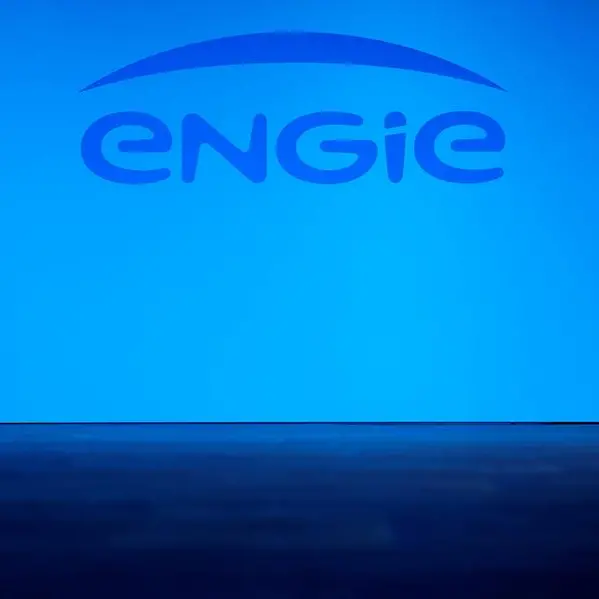PHOTO
Aug 10 - Welcome to the home for real-time coverage of markets brought to you by Reuters reporters. You can share your thoughts with us at markets.research@thomsonreuters.com
CORPORATE DEBT ISSUANCE SET TO PASS $1 TRLN YEAR-TO-DATE – BMO (1030 EDT/1430 GMT)
Corporate debt issuance is on track to pass $1 trillion year to date as soon as Tuesday, which would mark the second earliest point in the year that supply has crossed that mark, according to analysts at BMO Capital Markets.
Corporate issuance currently stands at $993 billion year-to-date, BMO said. If it crosses $1 trillion on Tuesday it would be the second earliest point in the year to pass that threshold since last year, when companies raised $1 trillion by May 26.
For context, issuance surpassed that mark on Oct. 29 in 2019, Oct. 13 in 2018, Sept. 12 in 2017 and Sept. 15 in 2016, BMO said.
Companies have been taking advantage of low interest rates to issue debt. There are some indications that the flood of supply may soon weigh on corporate credit spreads, however, the BMO analysts said.
“First, deal reception in the high yield market took an appreciable step backward yesterday. While new issue concessions were all over the board, some of yesterday's high yield deals came with concessions upwards of 20bp,” Daniel Krieter and Daniel Belton said in a report on Tuesday.
“Second, on the anecdotal side, reports of investor fatigue are coming in with increasing regularity as lightly staffed credit teams are overwhelmed by the sheer deal volume coming to market. This suggests the possibility of market saturation that could further exacerbate the recent technically driven widening,” they said.
(Karen Brettell)
*****
WALL STREET EDGES UP IN SEARCH OF NEW HIGHS (1010 EDT/1410 GMT)
Shares on Wall Street edged higher in early session trading on Tuesday, with the Nasdaq climbing within two points of a new high, but the advance was subdued as investors await the next day's release of key inflation data that could usher in tighter U.S. monetary policy.
The energy sector's 1.38% gain is leading S&P 500 sectors higher, while real estate, utilities and healthcare are weighing on the benchmark.
A small rally could be enough for both the Nasdaq and S&P to follow their broad European counterparts to record highs. The FTSEurofirst 300 and STOXX 600 index earlier both rose to new peaks, boosted by travel and leisure companies.
The Dow Jones Industrial Average is up 0.26%, the S&P 500 is adding 0.20% and the Nasdaq Composite is advancing 0.07%.
Investors are keen to see on Wednesday the Consumer Price Index report for July. A reading higher than the expected 3.8% could raise the likelihood of an early taper announcement, perhaps in September, or at the Jackson Hole Symposium this month.
Two Federal Reserve officials said on Monday that the U.S. economy is growing rapidly and that while the labor market still has room to improve, inflation is at a level that could satisfy part of a key test for starting interest rate hikes.
(Herbert Lash)
*****
SMALL CAPS: LITTLE ROOM TO PLAY (0900 EDT/1300 GMT)
It's been a tough go of late for the small-cap Russell 2000 index. The RUT has essentially made no progress over the past six months, and finds itself down more than 5% from its March record intraday high.
As the result of the RUT's transition from an especially strong advance late last year and into the early part of this year, to a contracting trading range, one historical volatility measure, on a weekly basis, recently collapsed to a multi-year low:
For the week ending June 18, the RUT's Bollinger Band (BB) width fell to 7.02%, which was its tightest reading since 6.97% on September 22, 2017. The current reading stands at 7.15%.
Low BB width readings in themselves do not predict direction, but they can suggest a market ripe for a next major trend.
Of note, BB width fell to 7.15% the week ending Oct. 5, 2018. Once the RUT broke down the following week, and BB width turned up sharply, the RUT ultimately collapsed nearly 30% from its August peak into its late-December trough.
Meanwhile, amid the recent compressed trading range, upward momentum has taken a hit. This, with the RUT now on track for a 5th straight weekly close below its 20-week moving average, which is now resistance around 2,260.
Thus, traders will be watching for the RUT to break out of the tight range defined by its lower and upper weekly Bollinger Bands, now roughly 2,175-2,340, coupled with sharply rising BB width, to add confidence in the direction of the next major trend.
(Terence Gabriel)
*****
(Terence Gabriel is a Reuters market analyst. The views expressed are his own)












